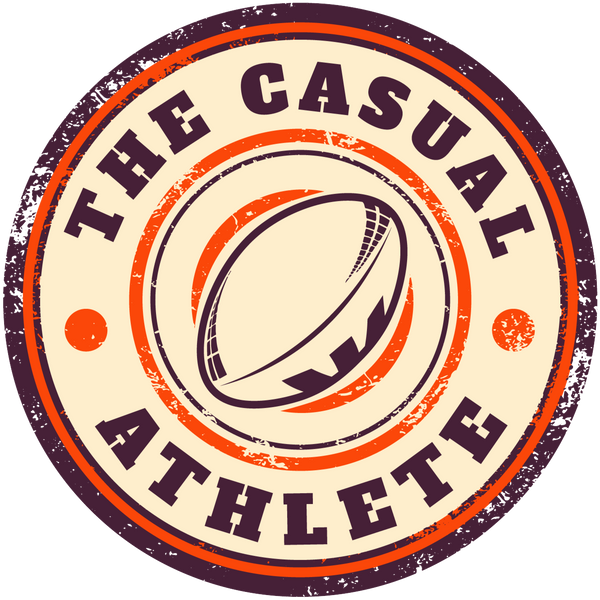
Rugby League for rookies - what do the positions mean?
Share
Rugby league is a physically demanding and fast-paced sport that requires players to have a range of skills and attributes in order to excel in their positions. There are 13 different positions in rugby league, each with its own unique role and responsibilities on the field. Here is a brief overview of the differences between each rugby league position:
Fullback (1)
The fullback is usually the last line of defence for a team and is responsible for stopping opposition attacks. They also have a key role in the team's attacking plays, often acting as a link between the halves and the outside backs. Fullbacks need to be fast, agile and have good ball handling skills.
Wingers (2 & 5)
Wingers are usually the quickest and most agile players in the team. They are responsible for scoring tries and making attacking runs down the sides of the field. Wingers need to have good speed and acceleration, and be able to catch and pass the ball effectively.
Centres (3 & 4)
Centres are responsible for creating attacking opportunities and making tackles in defence. They need to be strong and physical in order to handle the demands of the position. Centres also need to have good ball handling skills and be able to read the play well in order to create opportunities for their team.
Halves (6 & 7)
The halves (consisting of the five-eighth and halfback) are the main playmakers in the team and are responsible for directing the team's attacking plays. They need to have good decision making skills and be able to read the play well in order to take advantage of opportunities. Halves also need to have good ball handling skills and be able to kick effectively.
Hooker (9)
The hooker is a key position in the team, responsible for providing quick service to the halves and linking the forwards and backs. Hookers also have a key role in defence, often making tackles in the middle of the field. Hookers need to be tough and physical in order to handle the demands of the position.
Props (8 & 10)
Props are the front-row forwards in the team and are responsible for providing the team with a strong platform in attack and defence. They need to be strong, physical and able to handle the demands of the position. Props also need to have good ball handling skills and be able to offload effectively.
Second-row forwards (11 & 12)
Second-row forwards are the forwards who play just behind the props in the team. They have a similar role to props, providing the team with a strong platform in attack and defence. Second-row forwards also need to be strong, physical and able to handle the demands of the position.
Lock (13)
The lock is the forward who plays in the middle of the field, behind the props and second-row forwards. They have a similar role to the other forwards, providing the team with a strong platform in attack and defence. Locks also need to be strong, physical and able to handle the demands of the position.
These are the main positions in rugby league, each with its own unique role and responsibilities on the field. Players need to have a range of skills and attributes in order to excel in their positions and contribute to the team's success.
